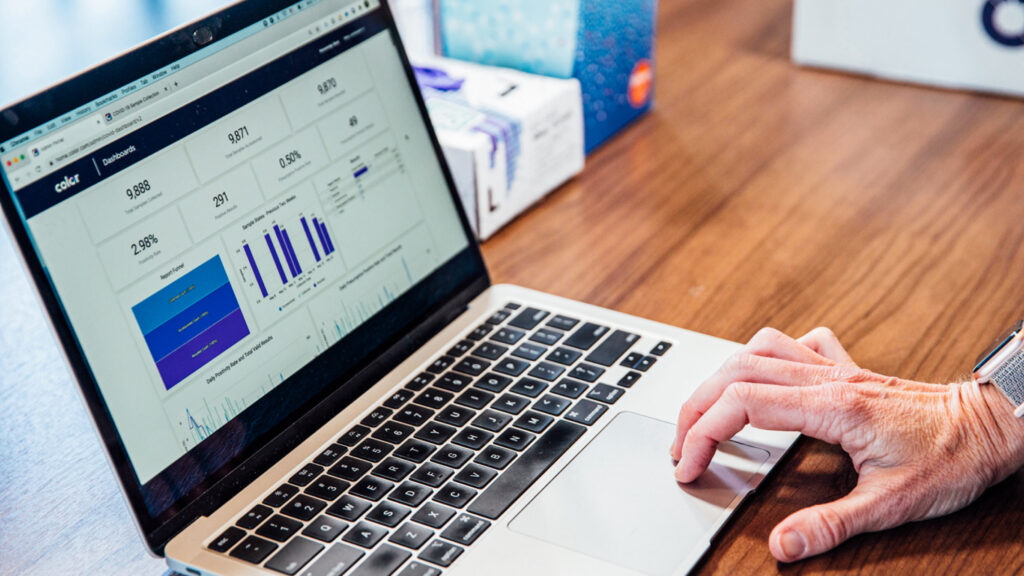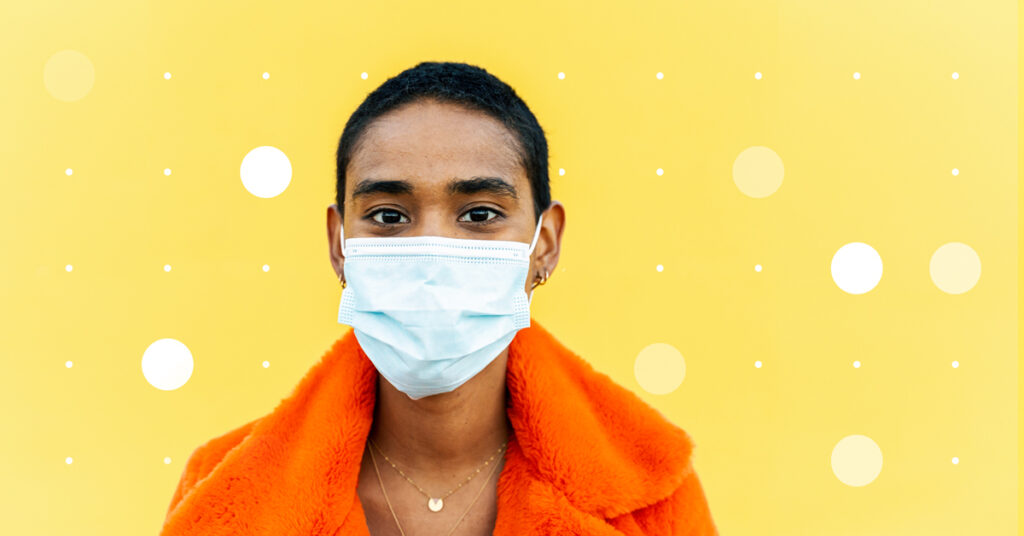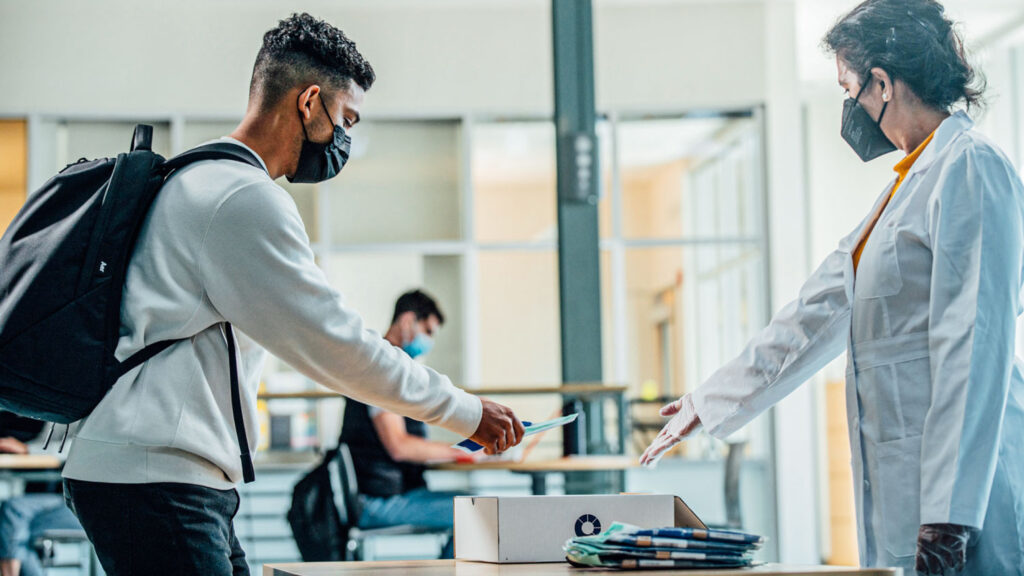News & Articles
Keeping Kids Safe in School During COVID: We Know How, Now We Need to Do It
Othman Laraki
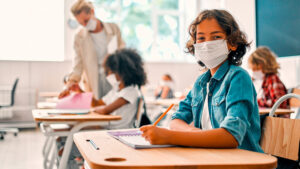
Like many parents, kids’ safe return to school has been an active topic of debate and uncertainty in my household. With new information about the Delta variant emerging, I and many parents are left wondering if we’re doing the right thing by sending our kids back into classrooms. In-person learning is vital for their education, emotional development and mental health, but do the benefits outweigh the risks from COVID-19?
Alicia Zhou, Color’s Chief Science Officer, is also a parent. In STAT, she wrote about this dilemma that other parents and school administrators face as kids return to school: How do we ensure their safety while still reaping the benefits of in-person learning?
To answer this question, Alicia and other scientists at Color collaborated with modeling experts Dr. Carl Bergstrom and Ryan McGee from the University of Washington. They built an interactive model that simulates the course of a COVID-19 outbreak after an infected person enters a congregate setting, such as a school or workplace. The results of the model show we can minimize the chances of a school-related COVID-19 outbreak if we implement the four mitigation measures: Require vaccination, wear masks, increase air ventilation, and get everyone tested.
The graph below tells the story. Weekly or twice-weekly testing of students, teachers, and staff can meaningfully reduce the likelihood of a school-related outbreak.
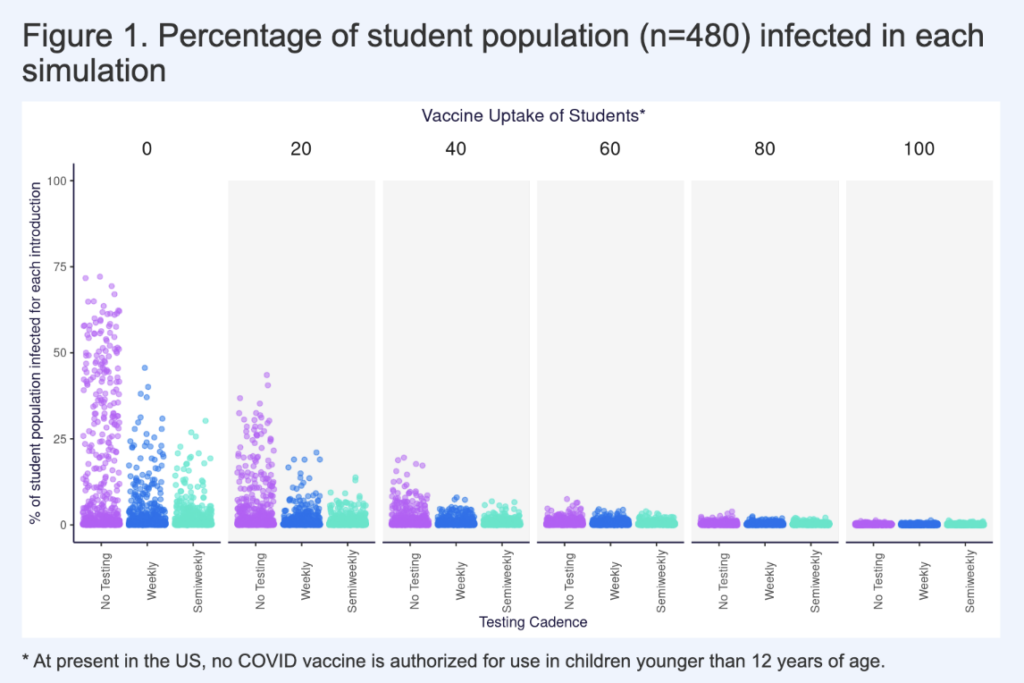
This model echoes what our experience working with nearly 700 organizations, including cities, states and schools, has shown throughout the pandemic: While it is impossible to reduce the risk to zero, the rigorous utilization of the tools we have at our disposal can dramatically reduce the chances that a setting such as a school or workplace becomes the context for an uncontrolled outbreak.
At Color, we have been building the missing infrastructure and technology that enables schools — and state and local health departments and businesses — to bring critical healthcare services directly to the people who need them. We’ve learned that delivering services like testing or vaccines isn’t gated by cost, but rather by access, ease of use, and integration across healthcare touchpoints. This is particularly true for communities where language barriers, tech barriers, financial burdens, or remote locations make accessing basic healthcare services even more challenging. In California alone, we’ve delivered more than 450,000 tests to K-12 school populations, and we are rolling out more school testing programs across the country in Ohio, Louisiana, and North Carolina, among others. The pandemic may not be ending anytime soon, so we still have much to do. That means continuing to help keep everyone safe, including the youngest members of our families.
